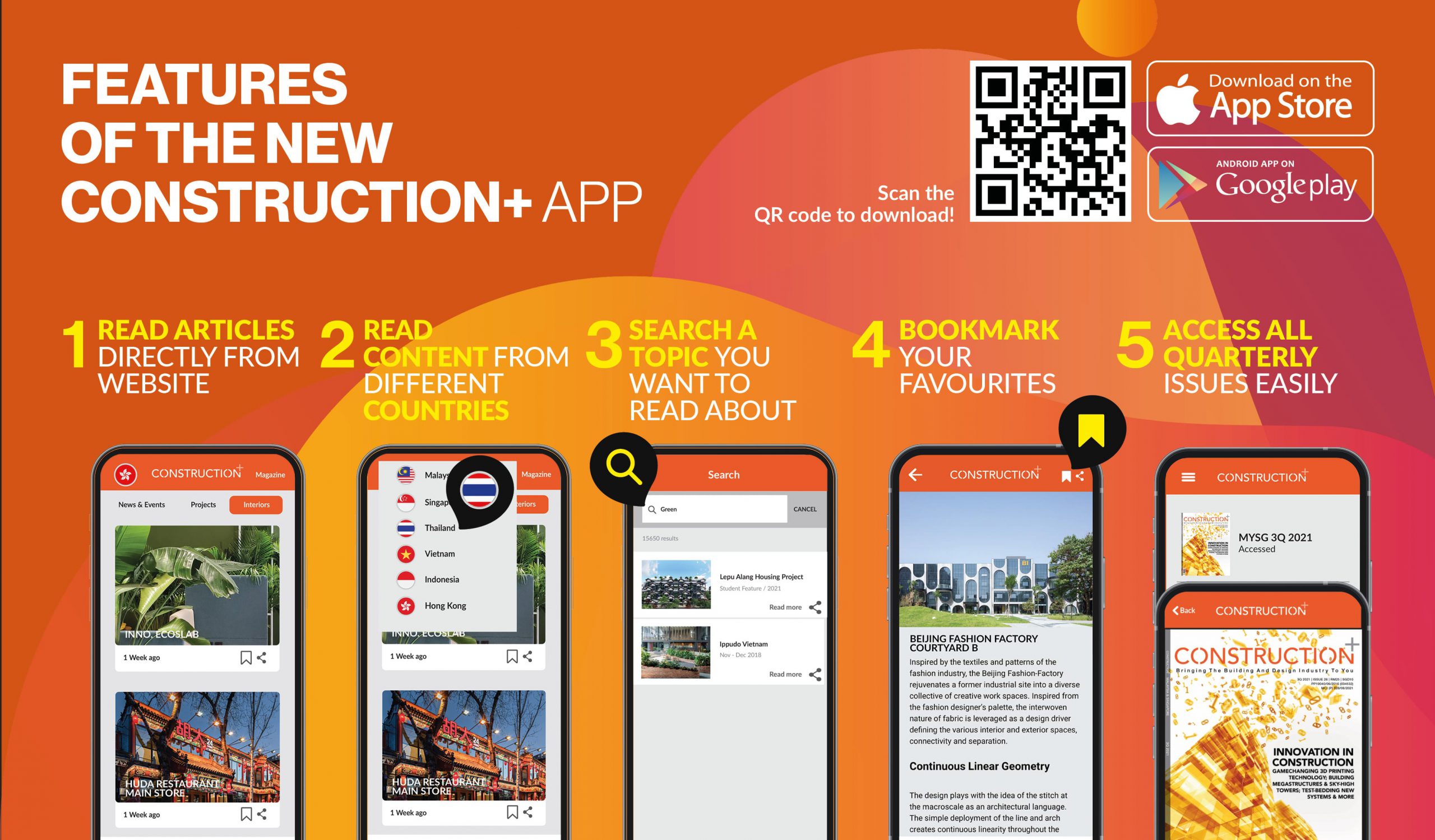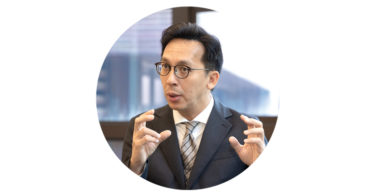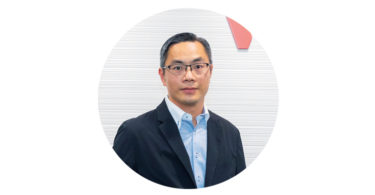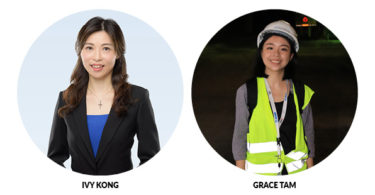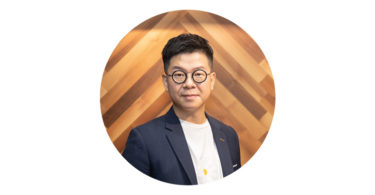Anita Ho is Aurecon’s Director for Major Projects, Greater China. She has over than 25 years of expertise in engineering projects, ranging from planning through feasibility study and design to construction; project management; consultant management; contract administration and cost control for the government and private projects in Hong Kong SAR, Malaysia and the Middle East and Mainland China. She harnesses strong analytical and problem-solving skills to successfully manage large and complex infrastructure projects, including multidisciplinary engineering designs.
How do we leverage digital technology in design and construction?
Digital technology is playing an essential role in engineering design and construction today. It helps resolve design challenges, develop solutions, improve design deliverables, and increase productivity and collaboration in the industry. These can further raise the ability to approach more complex interfaces/projects.
Digital technology like Building Information Modelling (BIM) utilises 3D model elements and building information data to optimise the design process. It transforms the way people design, build and operate buildings and infrastructure. Besides being an effective process to foster project collaboration and increase efficiency, BIM also helps one visualise the design and identify the issue(s) for better coordination, management, and interfacing work preparation. We follow the ISO 19650 standard for our project delivery to ensure quality.
Adding scheduling information to the 4D BIM model allows the team to better visualise the construction sequence. 5D BIM integrates quantities, such as construction programmes and cost, into 3D BIM models to facilitate cost estimation and budget analysis. Integrating BIM with Virtual Reality/Augmented Reality enables our designers and, more importantly, our clients to experience the project before any construction begins. This benefit of technological advancement enhances decision making, optimises design and makes the design process enjoyable.
We also progressively use Asset Information Model (AIM) Handover for our projects, where construction and commissioning data are captured and linked to the model elements. This information database allows facilities managers to have a single, digital source of truth for asset management. Connecting these models to the Internet of Things (IoT) sensors can inform a digital twin and stream live data and predictive maintenance instructions, which lead to cost savings and sustainability in asset management.
In addition, research is also a critical component in the design process as it facilitates problem-solving. When we identify a solution to a problem, research will help to explore, evaluate and collate all the engineering information required to address the issue. We also need to research engineering guidelines, standards and statutory requirements to ensure that our designs comply with different requirements and prevent engineering failures.
This is an excerpt. The original article is published in Construction+ Q2 2022 Issue: Technology & Innovation.
Get the print magazine or subscribe to the digital edition to read the complete article.

 Malaysia
Malaysia Singapore
Singapore Indonesia
Indonesia Tiếng Việt
Tiếng Việt ประเทศไทย
ประเทศไทย



